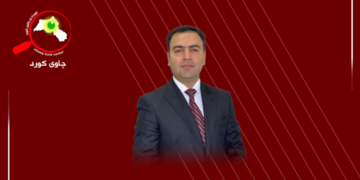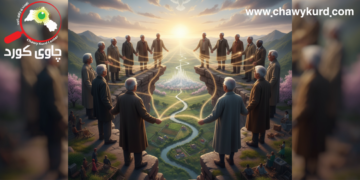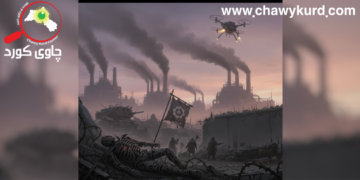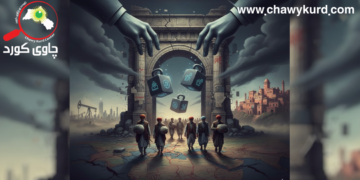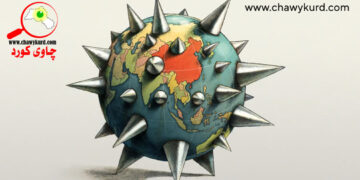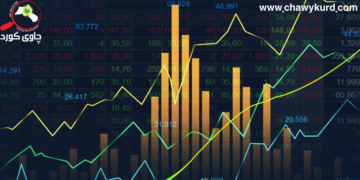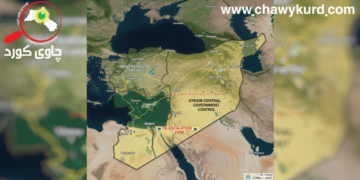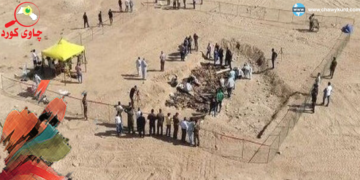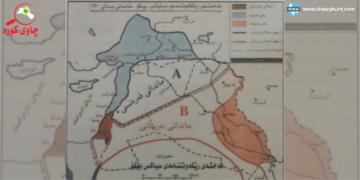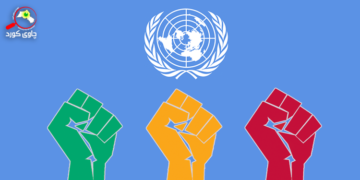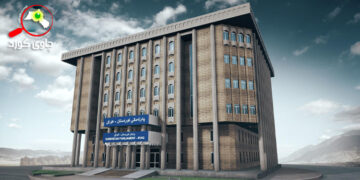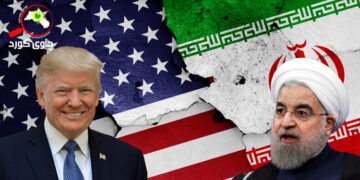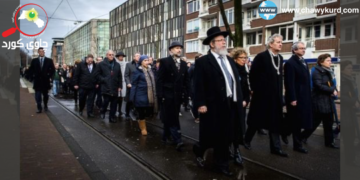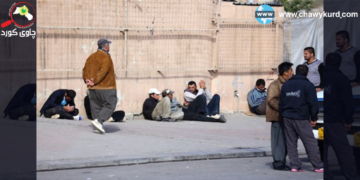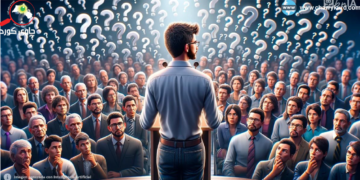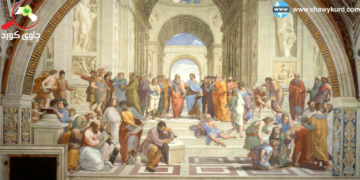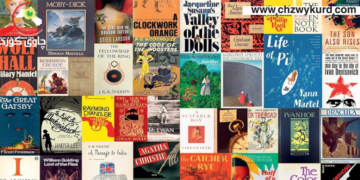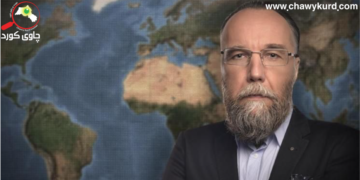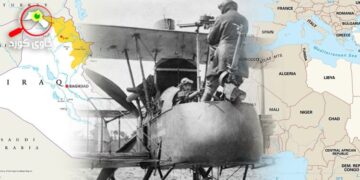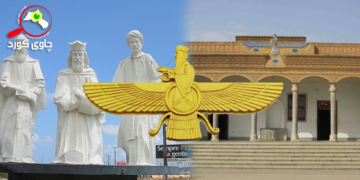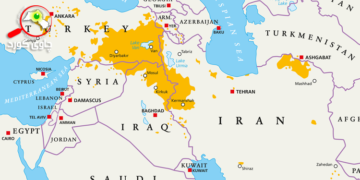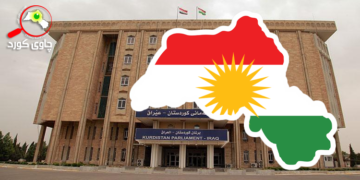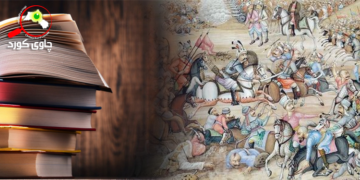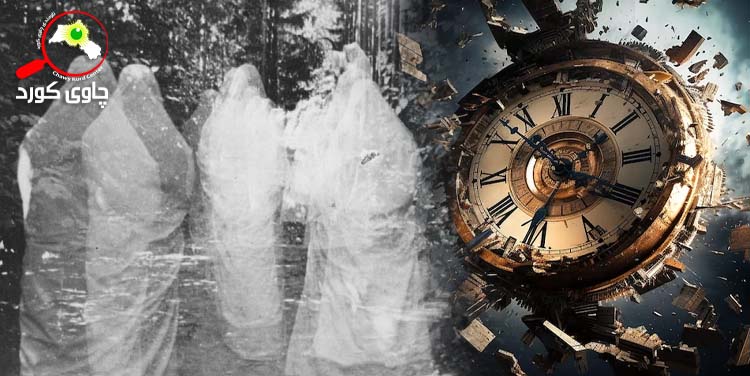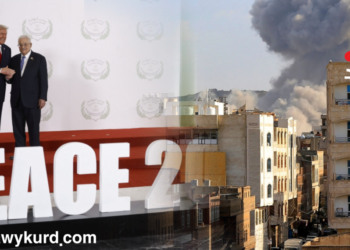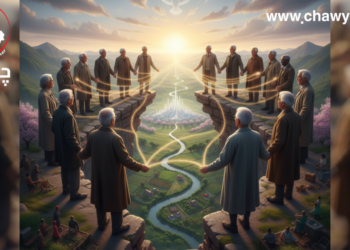“To what extend we are close to the end of the world?”
My acquaintance with the end of the world or doomsday clock goes back to the mid-1990s; one of the school teachers was talking about it. In this class he discussed and explained the huge movement of the evolutionary history of the earth; if we assume all this movement took place over a year, we can imagine that life on earth began in early March, multicellular organisms on the moon occur on November, about nine months later, at the end of December- More than a month later—the dinosaurs appeared, and humans weren’t found on Earth until 11:30 on New Year’s Eve, weeks later. In his further speech; if we use the same criteria, a group of researchers in the United States believe that the end of the year, the end of life on earth, may be just minutes away. At the time, it never crossed my mind that I might one day work as a researcher at the Center for the Study of Existential Risks at the University of Cambridge. The center works to investigate and theorize phenomena that could threaten human existence. The subject of the Apocalypse Clock (Doomsday Clock) is an interesting one. For years I thought (the Scorpios) of this hour must represent the time until the end of man’s existence on earth, but this understanding was not entirely clear. Only 90 seconds to midnight every year, the researchers responsible for keeping the doomsday clock distribute their views on the clock’s approach to metaphorical midnight in the Atomic Research Bulletin, announcing the final midnight in January 2024 for the 76th time. For each change, the Doomsday Officials report is based on an assessment of a complex set of factors that could endanger human existence. In 2020, Rachel Branson, CEO of The Bulletin, officially announced that the clock had reached 100 seconds until midnight and that the Earth was closer than ever to the end of humanity. The position of the scorpions remained the same in 2021 and 2022, but in 2023, these scorpions moved forward 10 seconds and approached the time of the end, and in 2024, the same has happened again. But to understand the true meaning of this metaphorical time, we need to know the story of the clock, where it came from, how to read the time from it, and what it says about the dangers facing humanity.
“The Beginning of the Apocalypse”
The speed of nuclear technology’s progress and potential demise was astonishing even to those closely involved in its development and evolution. In 1939, world-famous scientists Albert Einstein and Leo Shellard wrote in a letter to the US president about a new achievement in nuclear technology and its amazing military applications that made it possible to “deploy a small bomb that can be carried in a boat. It goes into a port and if it explodes it will destroy the whole port.” Such an achievement was vital to be overlooked. This letter became the basis of a major scientific, military and industrial collaboration, known as the Manhattan Project, came about only six years later and produced a bomb much more powerful than Einstein and Shellard imagined, this bomb could destroy an entire city and its inhabitants. After a few years the nuclear arsenals were powerful enough to wipe out the entire human civilization as we know it. The first scientific concern that nuclear weapons might have the potential to end humanity was expressed by scientists who themselves witnessed the first nuclear tests. Their concern was their new weapons might accidentally ignite the earth’s atmosphere. Of course, this concern was quickly resolved and all involved realized there was no such threat, but many researchers involved in the Manhattan Project still felt skeptical and concerned about the power of the weapon they were working to perfect and produce.
After the first successful series of controlled atomic explosions at the University of Chicago, in 1942, the group of scientists working on the Manhattan Project disbanded and many members went to Los Alamos and other government laboratories to study nuclear weapons development. They continued their scientific research, many of them American immigrants themselves, and acutely aware of the consequences of mixing science and politics. They actively organized efforts to keep humanity safe from nuclear technology in the future. For example, they contributed to the compilation and completion of the “Frank Report” in June 1945. It predicted a dangerous and costly nuclear arms race and warned of a surprise nuclear attack on Japan were not acceptable to the military, in the course of his work; this group started the “Bulletin of Chicago Nuclear Researchers”, which became known as the “Bulletin”. The first issue of the magazine was published just four months after the bombings of Hiroshima and Nakazaki.
The group also conducted citizen research with the support of the University of Chicago president and researchers in international law, political science, and other related fields, initiated and supported by a global movement to monitor global nuclear regulations Nuclear weapons,” the movement was successful in a way which encouraged then Secretary of State of the United States in a private conversation said “immoral misrepresentation” prevented the United States from using nuclear weapons.





